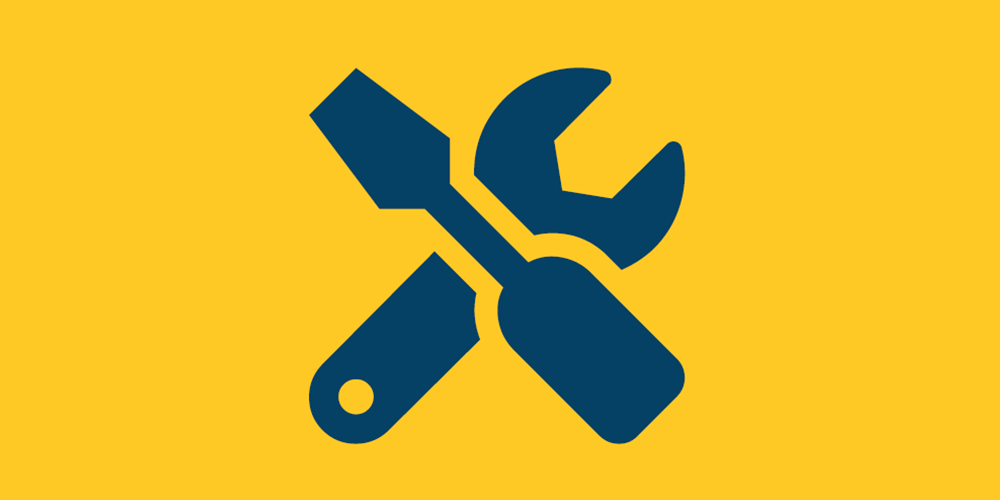Digital Inclusion Toolkit: now live
Leeds and Croydon Councils recently won central government funding to create a comprehensive and collaborative how-to guide for digital inclusion.

After lots of hard work we recently launched our digital inclusion toolkit!
This is just the beginning, and there is much more planned for the toolkit. It’s been a while since the launch, so here’s a reminder of what we’ve achieved so far, and a recording of our launch event.
About the toolkit
The toolkit is:
- An online resource for anyone interested in finding out more about any aspect of designing and delivering digital inclusion projects and programmes.
- A summary of the digital inclusion experiences of the project partners, including successes and challenges.
- For staff and volunteers from councils and organisations of all sizes across all sectors.
- A collaborative space where users of the site can add comments and questions directly to every post on the toolkit. They can also use the contact form to get in touch with the project team ‘behind the scenes’.
The toolkit is not:
- A repository for handouts and document downloads. Our previous post talked about the work we did to make sure the toolkit was accessible. We don’t want to add content that’s not accessible and we also don’t want to duplicate resources that are available online elsewhere.
- A place to repeat existing resources and content. We don’t want to duplicate existing work and resources, even if those documents are accessible. Instead, we will link and signpost to existing tools, reports, directories and documents.
- A list of definitive best practice and ‘How to…’ guides. All of our content is based on the experiences of the partners involved and written from our perspective. As we add more content from a wider range of contributors there might even be examples that contradict each other! Users can take the content that is most useful and meaningful to them and apply it in their context.
What have we done so far?
- Launched the toolkit via a webinar that was attended by 188 people from across the UK and from different sectors including local government, health and care, third sector and private sector.
- Published 44 articles on the toolkit with contributions from all of the project partners.
- Structured the content using 9 category headings and added functionality to read all posts by specific authors and keyword search across the toolkit.
- Developed a content plan and editorial guidelines for future content.
What’s next?
More content
There’s more content to come from Leeds, Croydon and TechResort. Some of the topics still to cover include:
- Digital inclusion in health and care: our experiences of working with Local Care Partnerships, working in care homes, reducing health inequalities and increasing access to digital health services through digital inclusion.
- Understanding digital inclusion: links to national research and how we supplemented those reports with local data to define the people and places that are more likely to be digitally excluded.
- Working inclusively: taking a furthest first approach to ensure that no-one is ‘hard to reach’, focusing on different communities of interest, developing the right interventions with professionals and practitioners, staff and volunteers, and people with lived experience.
Improving the platform
- User research: we plan to get a deeper understanding of the needs of our users, and test the toolkit with likely users to make sure it meets their needs.
- Site development in response to user research: as the site grows, more content is added and the number of articles increases we will need to develop the structure and functionality of the toolkit. Ideas already discussed include sub-categories for the main chapter headings, increased user interaction options such as likes or ‘up-voting’ for comments, questions and answers plus options to subscribe and receive email alerts.
Call to Action
The toolkit is designed to be a platform for discussion and collaboration. We have already received dozens of questions and comments since the launch event. Some of these will be posted directly to the site with answers. In other cases, we are talking to the people who commented and working with them to turn their comments into longer articles for the toolkit.
We want the digital inclusion toolkit to be a platform where people can engage with others who are working on digital inclusion initiatives. It doesn’t matter where you are geographically or where you are in terms of the scale, scope or maturity of your digital inclusion programme. Whatever your role, whatever sector you’re working in and whoever you’re working with, the toolkit should be relevant to your digital inclusion project. But you can make it even more relevant by adding comments to articles, asking questions, responding to other people’s comments and answering their questions from your perspective. Tell us where the gaps are, where do you need more information and what have you found most useful from the content that’s already there?
If you have experiences to share and you’d like to add content to the toolkit, use the contact form to get in touch with us and we can work with you to write an article. We can also facilitate conversations outside of the toolkit and bring people together around common themes or to collaborate on joint articles.

